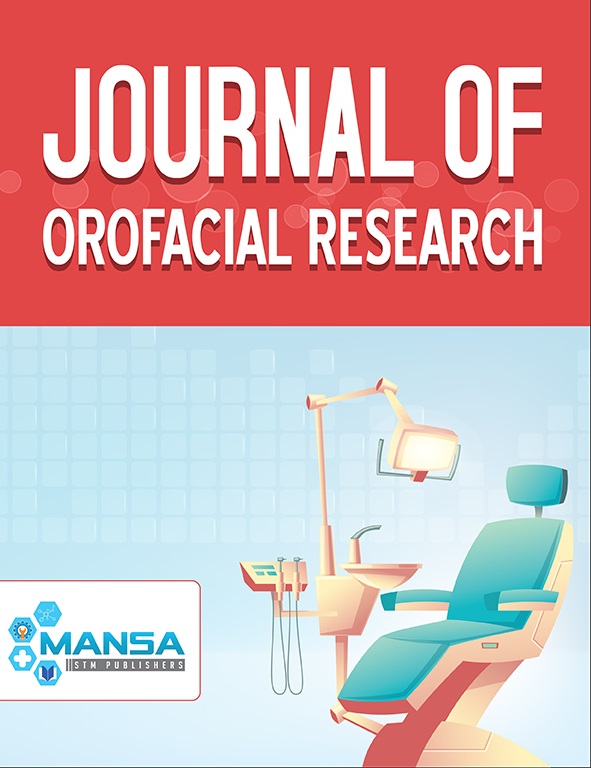Fibroblasts and Phagocytic Cells in Phenytoin-induced Connective Tissue Proliferation
Keywords:
Phenytoin, Gingival inflammation, Gingival enlargement, FibroblastsAbstract
Objective: To evaluate the relationship of phenytoin-induced gingival enlargement and inflammation to find out if there is any significant correlation between hyperplastic index and
periodontal parameters, the number of fibroblasts and phagocytic cells. Background: The introduction of phenytoin as an anti-epileptic drug in 1938 marked the beginning of a new era in the treatment of grandmal epileptic patients decreasing significantly not only the epileptic attacks but also improving the quality of life. However, there is concern in dentistry regarding gingival overgrowth as a side-effect. A histological study of this tissue can shed some light on the changes taking place. Materials and methods: Twenty-four epileptic patients on phenytoin therapy were divided into two groups as follows: • Group I or test group of individuals who had been suffering from gingival enlargement, • Group II or control patients taking phenytoin without any gingival enlargement. Plaque, gingival and hyperplastic indices of anterior teeth were determined in all the subjects. Biopsy specimens of all
patients were taken and subjected to histopathological examination to determine the number of fibroblasts, macrophages, lymphocytes, and the level of inflammation, capillary proliferation and collagenation. Results: There is a significant increase in number of fibroblasts, macrophages, lymphocytes,collagenation and capillary proliferation in the enlarged gingiva of test group as compared to the control group. Conclusion: The degree of inflammation increases with the degree of enlargement. There is an increase in angiogenesis
and the number of phagocytic cells thus indicating that phenytoin exerts growth promoting effects on the connective tissues.

